Home>Furniture & Design>Bathroom Accessories>How To Reset Bidet?
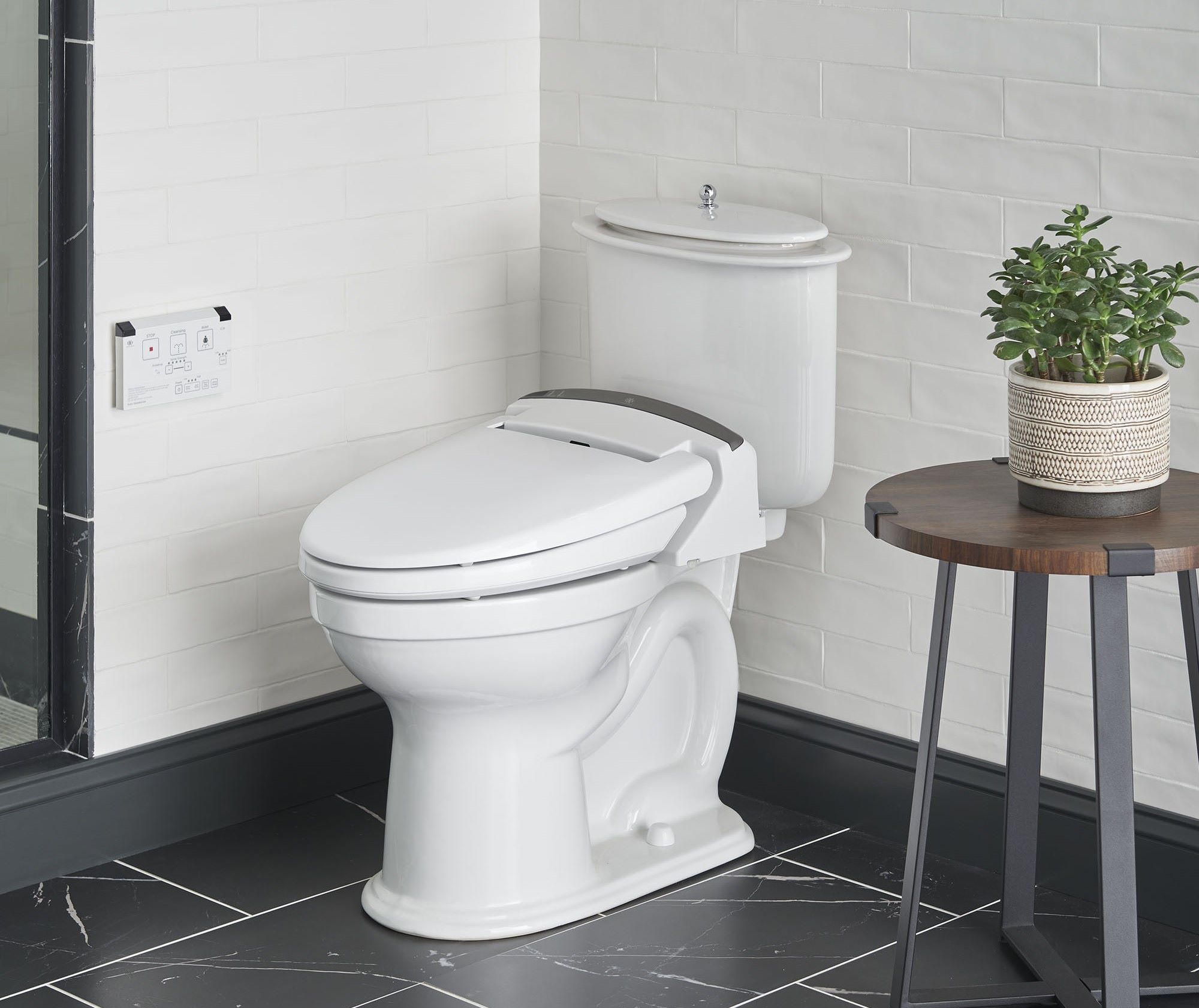

Bathroom Accessories
How To Reset Bidet?
Modified: October 27, 2024
Learn how to reset your bidet easily with our step-by-step guide. Get your bathroom accessories working like new in no time.
(Many of the links in this article redirect to a specific reviewed product. Your purchase of these products through affiliate links helps to generate commission for Storables.com, at no extra cost. Learn more)
Introduction
Resetting a bidet is a straightforward process that can resolve various issues, such as malfunctioning controls or irregular water flow. Whether you are a new bidet owner or have encountered an unexpected problem, understanding how to reset your bidet can save you time and frustration. By following a few simple steps, you can effectively troubleshoot and reset your bidet to restore its optimal functionality.
Resetting a bidet involves turning off the water supply, removing the bidet seat, locating the reset button, and reassembling the bidet. These steps are designed to address common issues and ensure that your bidet operates smoothly. Whether you have a standalone bidet or a bidet attachment, the reset process is generally similar and can be completed with minimal effort.
In this comprehensive guide, we will walk you through the step-by-step process of resetting a bidet, providing clear instructions and valuable insights to help you navigate this task with confidence. By the end of this guide, you will have the knowledge and skills to reset your bidet effectively, ensuring that it functions optimally for your comfort and convenience.
Now, let's delve into the specific steps required to reset your bidet and address any issues that may be affecting its performance. Whether you are troubleshooting a bidet with electronic controls or a manual bidet, the following instructions will equip you with the necessary know-how to reset your bidet and restore its functionality.
Key Takeaways:
- Turning off the water supply and locating the reset button are crucial steps in resetting a bidet. These actions ensure safety and pave the way for troubleshooting and restoring the bidet’s functionality.
- By following the step-by-step process of removing the bidet seat, pressing and holding the reset button, and reassembling the bidet, users can effectively troubleshoot and restore their bidet’s optimal performance.
Read more: How To Flush A Bidet
Step 1: Turn off the water supply
Before initiating the bidet reset process, it is crucial to ensure that the water supply is turned off to prevent any potential leaks or water-related mishaps. This step is essential for your safety and the proper functioning of the bidet. Here's a detailed explanation of how to turn off the water supply for your bidet:
-
Locate the Water Shut-Off Valve: The water shut-off valve for your bidet is typically located near the toilet or behind the bidet unit. It may be situated on the wall or the floor, depending on the specific installation of your bidet. Take a moment to familiarize yourself with the location of the shut-off valve before proceeding.
-
Turn Off the Water Supply: Once you have located the shut-off valve, gently turn the valve handle in a clockwise direction to shut off the water supply to the bidet. It's important to ensure that the valve is fully closed to prevent any water from flowing into the bidet's plumbing system.
-
Verify the Water Supply: After turning off the shut-off valve, it's advisable to double-check that the water supply has been successfully cut off. You can do this by flushing the toilet or attempting to use the bidet controls to confirm that no water is flowing into the bidet.
-
Prepare for the Reset: With the water supply turned off, you have effectively prepared the bidet for the reset process. This crucial step ensures that you can safely proceed with the subsequent steps without the risk of water leakage or unexpected water flow.
By diligently following these steps to turn off the water supply, you have taken the necessary precautionary measures to prepare the bidet for the reset process. This foundational step sets the stage for the subsequent actions involved in resetting the bidet, ensuring a smooth and safe troubleshooting experience.
Step 2: Remove the bidet seat
Removing the bidet seat is a crucial step in the reset process, as it provides access to the internal components of the bidet and allows for thorough troubleshooting. Whether you have a standalone bidet or a bidet attachment, the following steps will guide you through the process of removing the bidet seat with ease and precision.
-
Unplug the Bidet: Before removing the bidet seat, it is essential to unplug the bidet from the power source if it is an electric model. This precautionary measure ensures safety and prevents any electrical mishaps during the seat removal process.
-
Locate the Seat Attachment Points: Depending on the type of bidet you have, the seat may be attached using screws, bolts, or quick-release mechanisms. Take a moment to identify the attachment points and familiarize yourself with the specific method used to secure the seat to the bidet.
-
Use the Appropriate Tools: If the bidet seat is secured with screws or bolts, gather the necessary tools, such as a screwdriver or wrench, to facilitate the removal process. Ensure that the tools are compatible with the fasteners used to secure the seat.
-
Carefully Remove the Fasteners: Using the appropriate tools, carefully loosen and remove the screws, bolts, or fasteners that secure the bidet seat to the unit. Exercise caution to avoid damaging the seat or the bidet during this process.
-
Lift and Remove the Seat: Once the fasteners are detached, gently lift the bidet seat to release it from the attachment points. Be mindful of any electrical connections or hoses that may be attached to the seat, and ensure that they are disconnected before fully removing the seat.
-
Set the Seat Aside: After successfully removing the bidet seat, place it in a safe and accessible location, ensuring that it is positioned away from the reset area. This step allows for unobstructed access to the internal components of the bidet during the troubleshooting process.
By meticulously following these steps to remove the bidet seat, you have effectively prepared the bidet for the subsequent stages of the reset process. This pivotal step sets the foundation for accessing the internal components of the bidet and addressing any underlying issues that may require attention. With the bidet seat removed, you are now ready to proceed to the next phase of the reset process, bringing you closer to resolving any bidet-related concerns and restoring optimal functionality.
Step 3: Locate the reset button
Locating the reset button is a crucial aspect of the bidet reset process, as it serves as the focal point for initiating the troubleshooting and restoration of the bidet's functionality. The reset button is designed to provide a convenient means of resetting the bidet's settings and addressing any technical issues that may be affecting its performance. Whether your bidet features electronic controls or manual adjustments, the reset button plays a pivotal role in facilitating the reset process.
Electronic Bidets:
If you have an electronic bidet with advanced features and customizable settings, the reset button is typically integrated into the control panel or interface. It may be labeled as "Reset," "Default," or feature a recognizable symbol that signifies its function. Take a moment to inspect the control panel and identify the reset button based on the manufacturer's specifications and user manual. In some cases, the reset button may be located beneath a protective cover or accessed through a specific sequence of button presses to prevent accidental resets.
Read more: How To Sit On A Bidet
Manual Bidets:
For manual bidets that rely on traditional controls and mechanical adjustments, the reset button may be situated within the internal components of the bidet. It is essential to refer to the bidet's user manual or documentation provided by the manufacturer to pinpoint the location of the reset button. In manual bidets, the reset button may be positioned near the water inlet or within the housing of the bidet's control mechanism. Familiarizing yourself with the specific location of the reset button ensures that you can proceed with the reset process efficiently.
Identifying the Reset Button:
Once you have located the reset button based on the type of bidet you own, take note of its position and any accompanying instructions provided by the manufacturer. The reset button may be accompanied by indicator lights, tactile feedback, or visual cues to signify its activation and the completion of the reset process. It is essential to exercise caution and precision when interacting with the reset button to avoid unintended resets or disruptions to the bidet's settings.
By successfully locating the reset button, you have reached a pivotal stage in the bidet reset process, positioning yourself to initiate the troubleshooting and restoration of your bidet's functionality. With the reset button identified, you are now prepared to proceed to the subsequent steps and effectively reset your bidet, addressing any underlying issues and ensuring optimal performance.
Step 4: Press and hold the reset button
Pressing and holding the reset button is a critical step in the bidet reset process, as it initiates the restoration of the bidet's settings and addresses any technical issues that may be affecting its performance. Whether your bidet features electronic controls or manual adjustments, the reset button serves as the gateway to troubleshooting and restoring the bidet's optimal functionality.
When pressing and holding the reset button, it is essential to follow the manufacturer's guidelines and recommendations to ensure a seamless reset process. The duration for which the reset button should be held may vary based on the bidet model and the specific reset procedure outlined in the user manual. It is advisable to refer to the manufacturer's documentation to obtain precise instructions regarding the reset duration and any accompanying actions that may be required during the reset process.
For electronic bidets with advanced features and customizable settings, pressing and holding the reset button may trigger a series of visual or auditory indicators, signaling the initiation of the reset process. These indicators may include LED lights, display notifications, or audible cues that confirm the successful activation of the reset sequence. It is important to remain attentive to these indicators and follow any additional instructions provided by the bidet's interface to ensure that the reset process is executed accurately.
In the case of manual bidets that rely on traditional controls and mechanical adjustments, pressing and holding the reset button may involve engaging with the bidet's internal mechanisms to restore default settings or recalibrate specific functions. The reset button's functionality in manual bidets is designed to facilitate the reinitialization of critical components, ensuring that the bidet operates optimally after the reset process is completed.
During the reset process, it is essential to exercise patience and attentiveness while holding the reset button, allowing the bidet's internal systems to undergo the necessary adjustments and recalibrations. By adhering to the prescribed duration for holding the reset button and remaining mindful of any accompanying indicators, you can effectively facilitate the bidet's reset process and pave the way for resolving any underlying issues that may be impacting its performance.
By pressing and holding the reset button with precision and attentiveness, you have taken a significant step towards restoring your bidet's functionality and addressing any technical concerns that may have arisen. With the reset process initiated, you are now poised to proceed to the subsequent steps, bringing you closer to ensuring that your bidet operates optimally and delivers the comfort and convenience you expect.
Step 5: Reassemble the bidet
After successfully completing the reset process and addressing any underlying issues affecting the bidet's functionality, the final step involves reassembling the bidet to restore it to its operational state. Reassembly is a crucial phase that ensures the bidet seat is securely attached, the water supply is reinstated, and any electrical connections are properly reestablished. By following the reassembly steps meticulously, you can conclude the bidet reset process with confidence and ensure that the bidet operates optimally.
Read more: How To Use A European Bidet
Reattaching the Bidet Seat:
- Align the Seat: Position the bidet seat over the attachment points, ensuring that it aligns correctly with the seat hinges or mounting brackets.
- Secure the Fasteners: If the bidet seat is secured with screws or bolts, carefully reinsert and tighten the fasteners using the appropriate tools. Exercise caution to avoid over-tightening the fasteners, as this may damage the seat or the bidet unit.
- Engage Quick-Release Mechanisms: For bidet seats equipped with quick-release mechanisms, follow the manufacturer's instructions to securely reattach the seat using the designated locking mechanism.
Reconnecting Electrical Components (If Applicable):
- Plug in the Bidet: If the bidet is an electric model, ensure that it is safely plugged into the power source, taking care to align the electrical connectors and secure the plug in its designated outlet.
- Verify Connections: Double-check that any electrical connections, such as control panel cables or power cords, are securely reconnected to the bidet unit, minimizing the risk of loose connections or electrical malfunctions.
Restoring the Water Supply:
- Open the Shut-Off Valve: Turn the water shut-off valve in a counterclockwise direction to restore the water supply to the bidet. Verify that the valve is fully open to allow for the uninterrupted flow of water to the bidet's plumbing system.
- Check for Leaks: After restoring the water supply, inspect the area around the bidet and the water connections for any signs of leaks or irregular water flow. Address any leaks promptly to prevent water damage and ensure the bidet operates without complications.
By meticulously reassembling the bidet and restoring its essential connections, you have completed the final phase of the reset process, culminating in the successful restoration of the bidet's functionality. With the bidet reassembled and the water supply reinstated, you can now enjoy the comfort and convenience of a fully operational bidet, free from the technical issues that prompted the reset.
Conclusion
In conclusion, the process of resetting a bidet is a manageable task that empowers users to address technical issues and restore the optimal functionality of their bidet units. By following the step-by-step guide outlined in this comprehensive resource, individuals can confidently navigate the reset process, whether they own an electronic bidet with advanced features or a traditional manual bidet. The journey of resetting a bidet encompasses essential steps, including turning off the water supply, removing the bidet seat, locating the reset button, pressing and holding the reset button, and reassembling the bidet. Each step is designed to provide clarity and guidance, ensuring that users can troubleshoot their bidets effectively and enjoy the comfort and convenience they provide.
The significance of turning off the water supply cannot be overstated, as it lays the foundation for a safe and controlled reset process. By carefully shutting off the water supply, users mitigate the risk of leaks and water-related mishaps, creating a secure environment for the subsequent troubleshooting steps. Removing the bidet seat is a pivotal phase that grants access to the internal components of the bidet, allowing for thorough inspection and potential adjustments. This step sets the stage for locating the reset button, a critical element that serves as the gateway to initiating the bidet's restoration process.
Pressing and holding the reset button marks a crucial moment in the reset journey, as it triggers the recalibration and restoration of the bidet's settings. Whether dealing with electronic bidets or manual models, the precision and attentiveness exercised during this step are paramount to ensuring a successful reset. Finally, reassembling the bidet signifies the culmination of the reset process, as users securely reattach the bidet seat, restore the water supply, and verify the integrity of electrical connections if applicable.
By embracing the comprehensive guidance provided in this resource, users can approach the bidet reset process with confidence and proficiency, addressing technical concerns and safeguarding the optimal performance of their bidet units. The ability to troubleshoot and reset a bidet empowers individuals to maintain and enjoy the benefits of this modern bathroom fixture, enhancing their comfort, hygiene, and overall well-being. With the knowledge and skills acquired from this guide, users are equipped to navigate the bidet reset process seamlessly, ensuring that their bidets continue to deliver unparalleled convenience and functionality.
Frequently Asked Questions about How To Reset Bidet?
Was this page helpful?
At Storables.com, we guarantee accurate and reliable information. Our content, validated by Expert Board Contributors, is crafted following stringent Editorial Policies. We're committed to providing you with well-researched, expert-backed insights for all your informational needs.

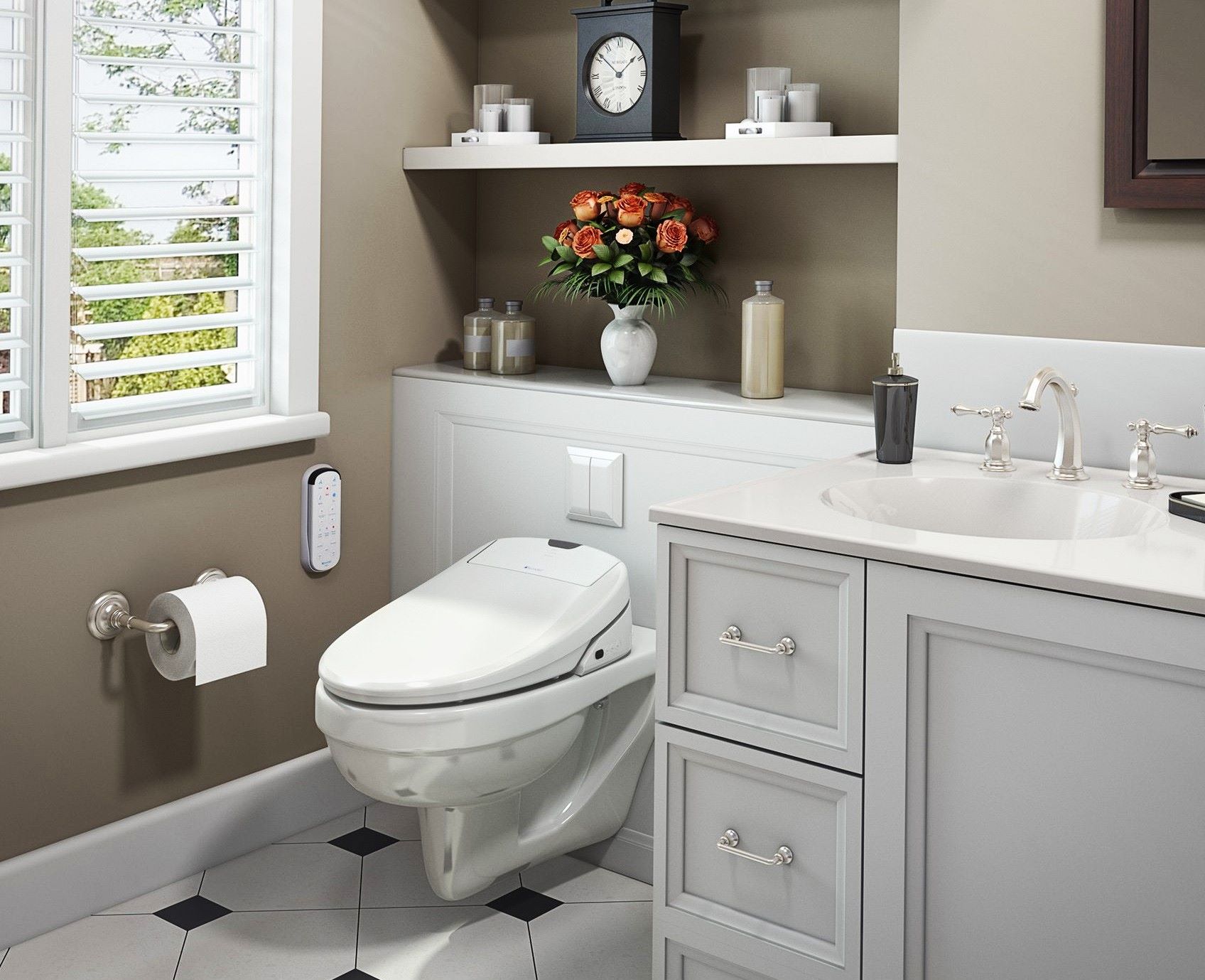
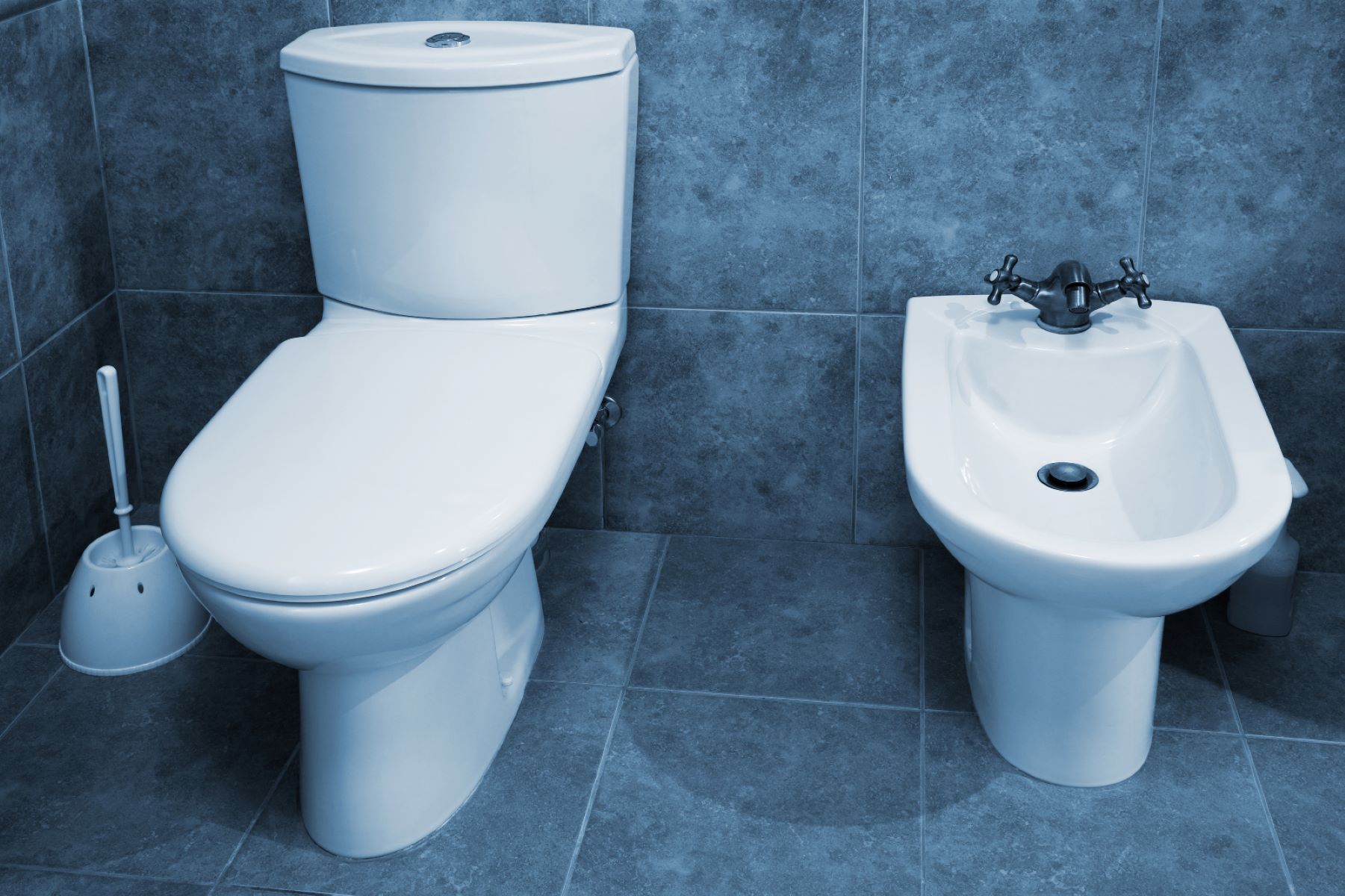

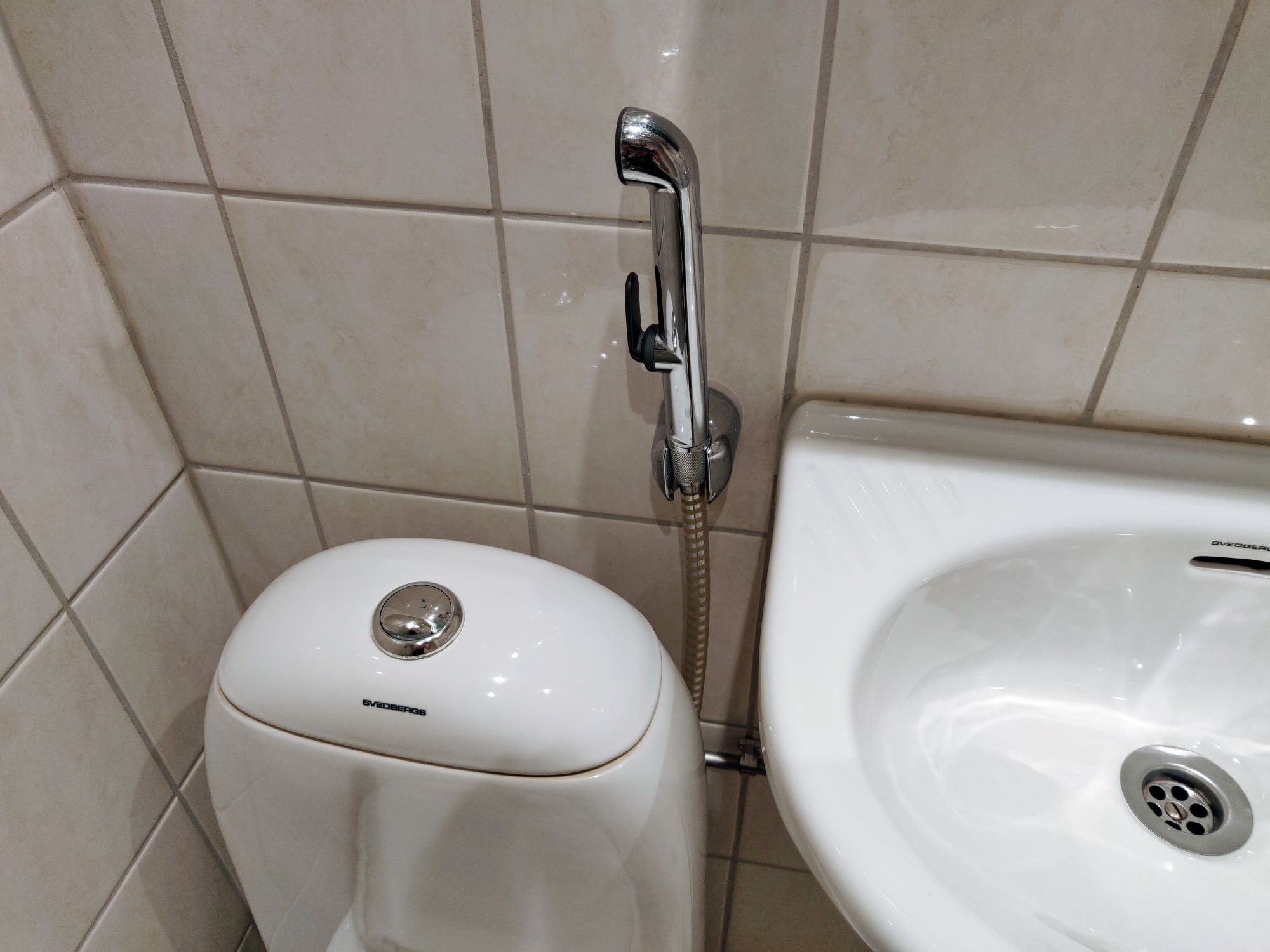
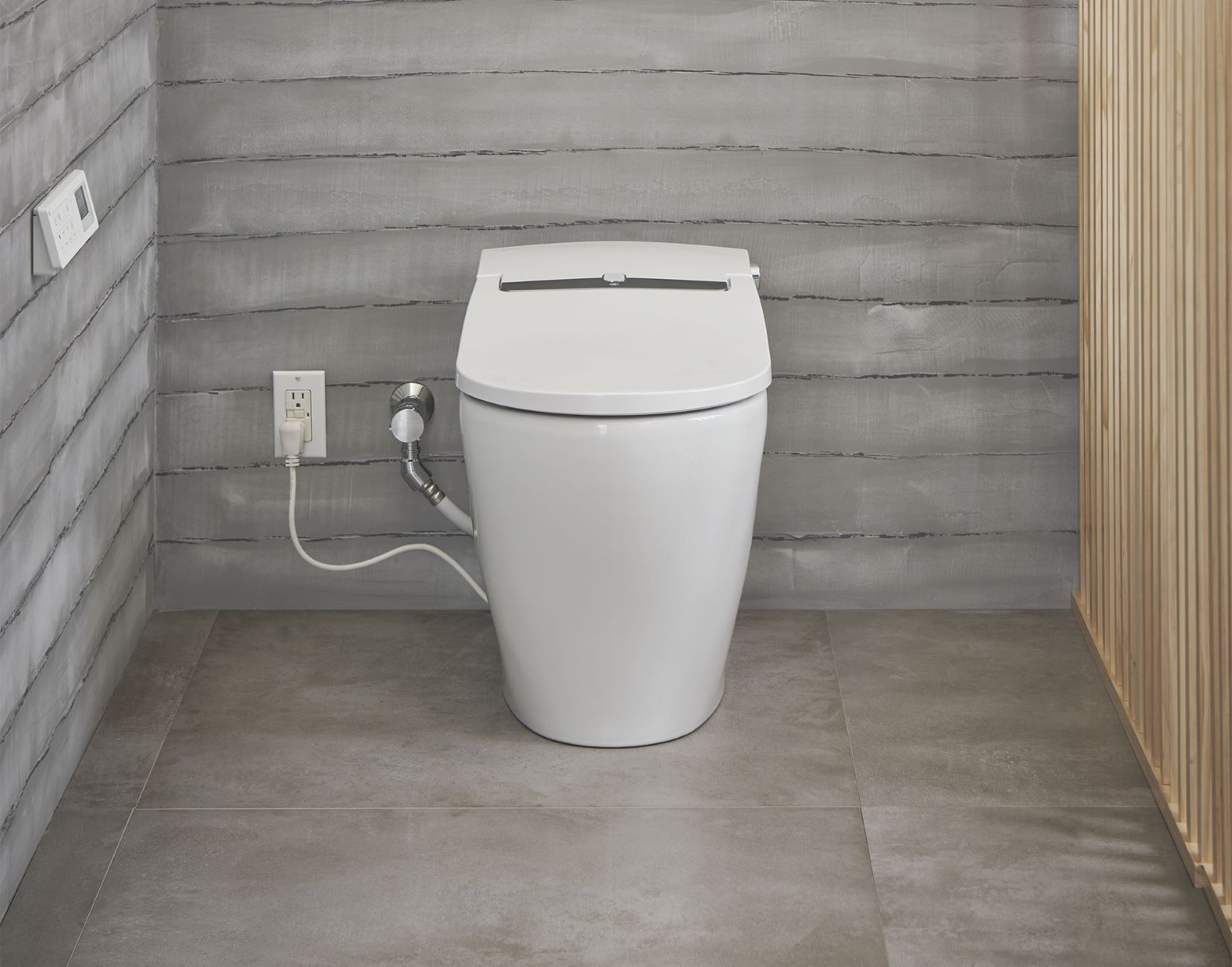

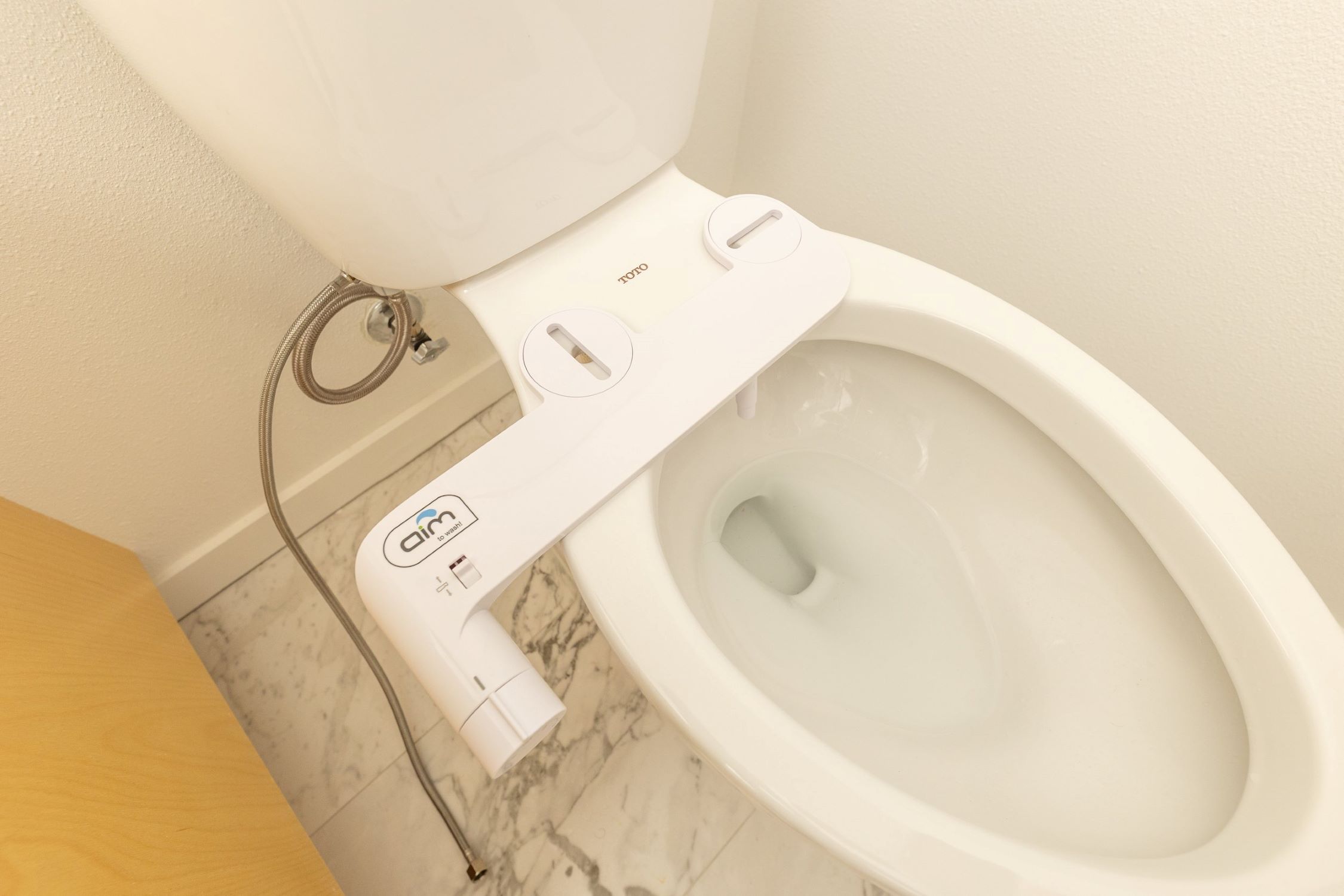
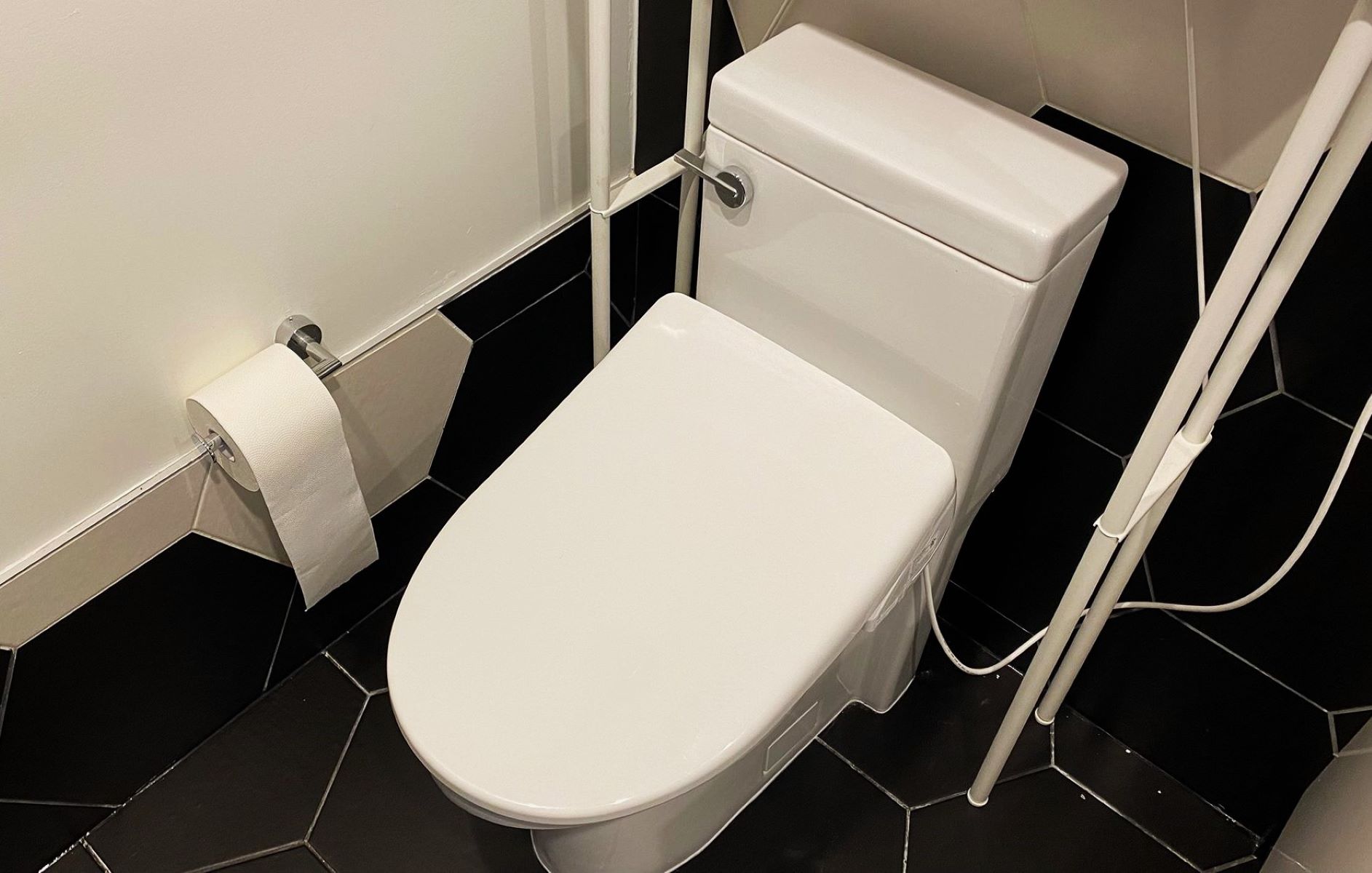
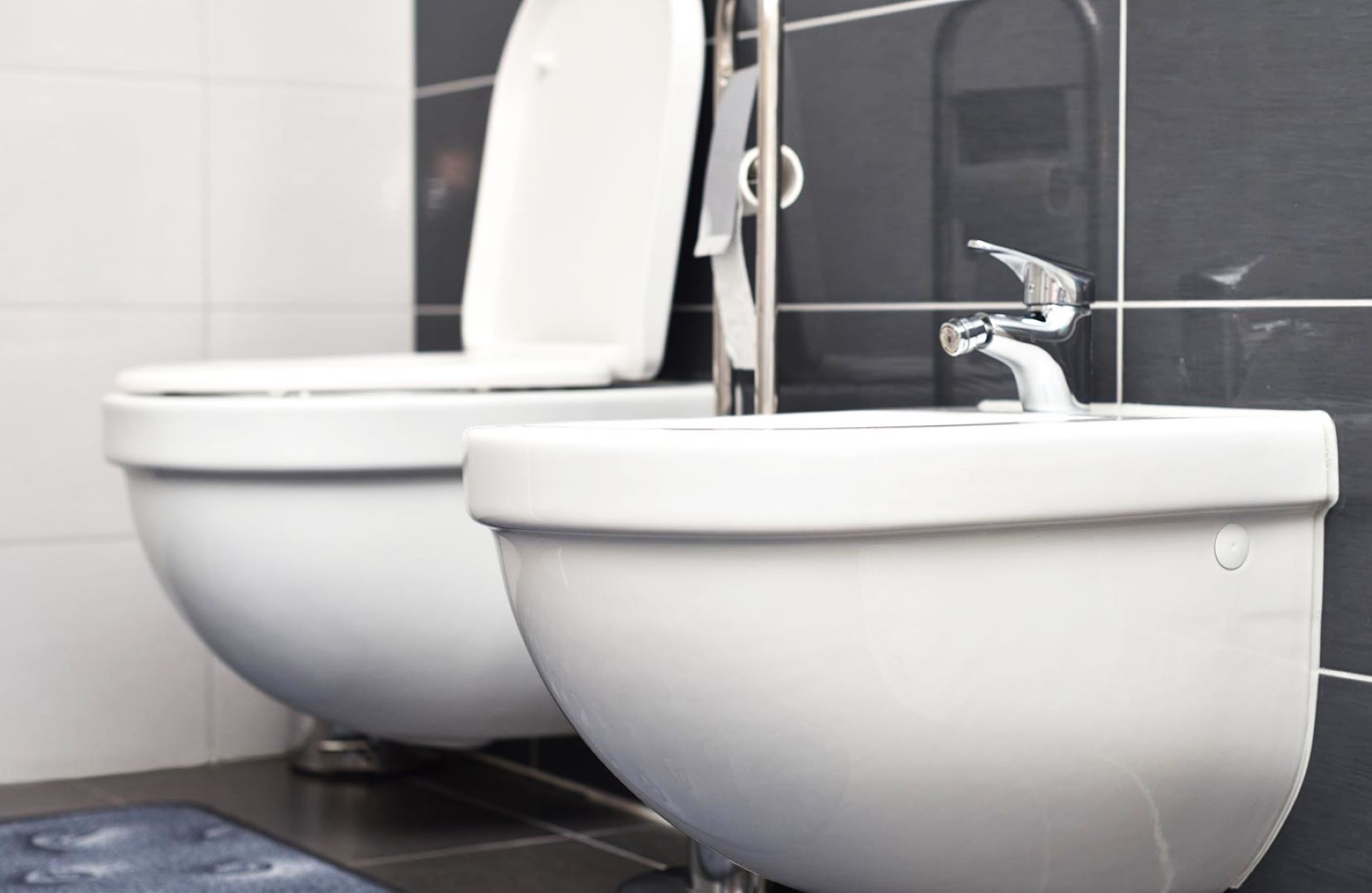
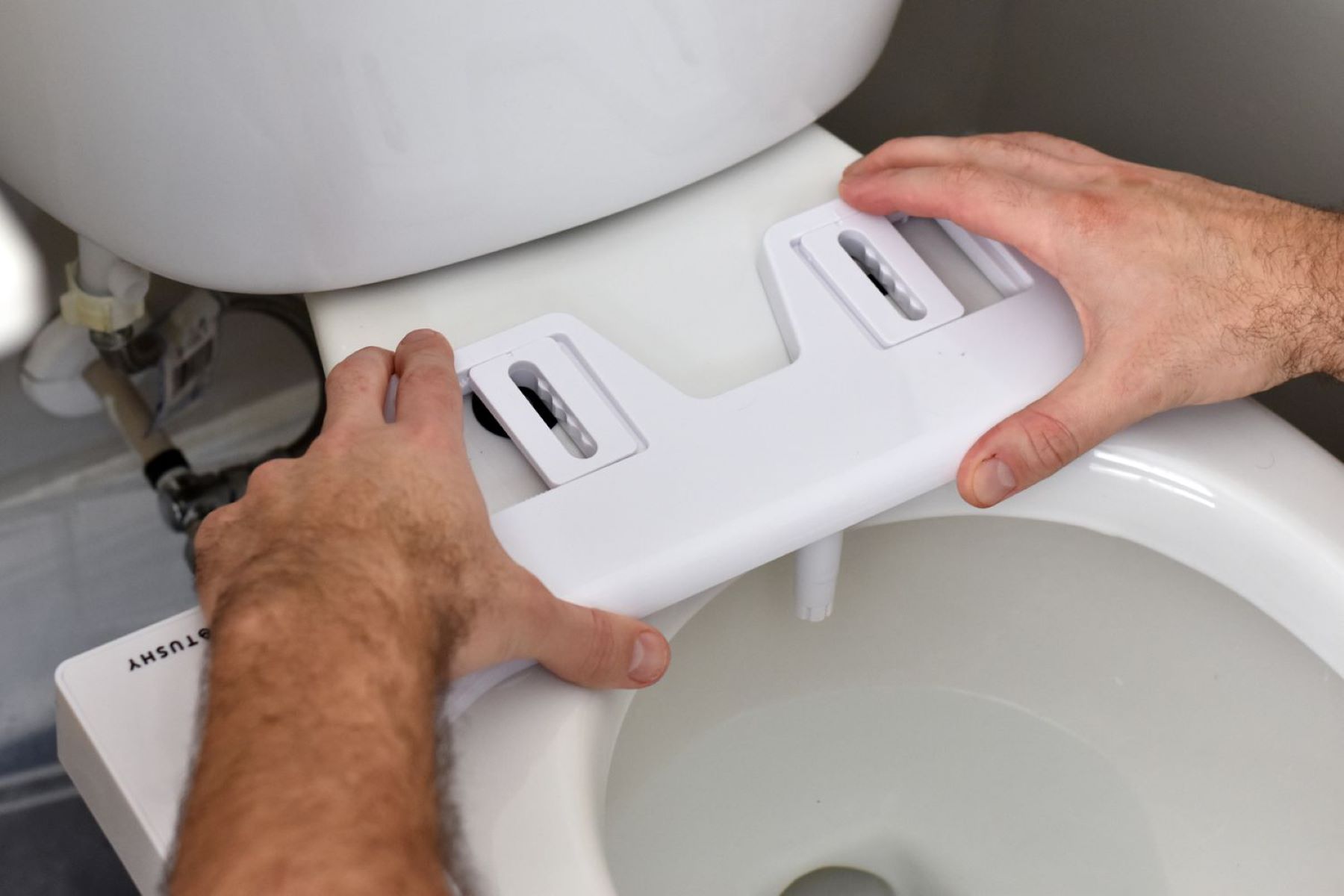
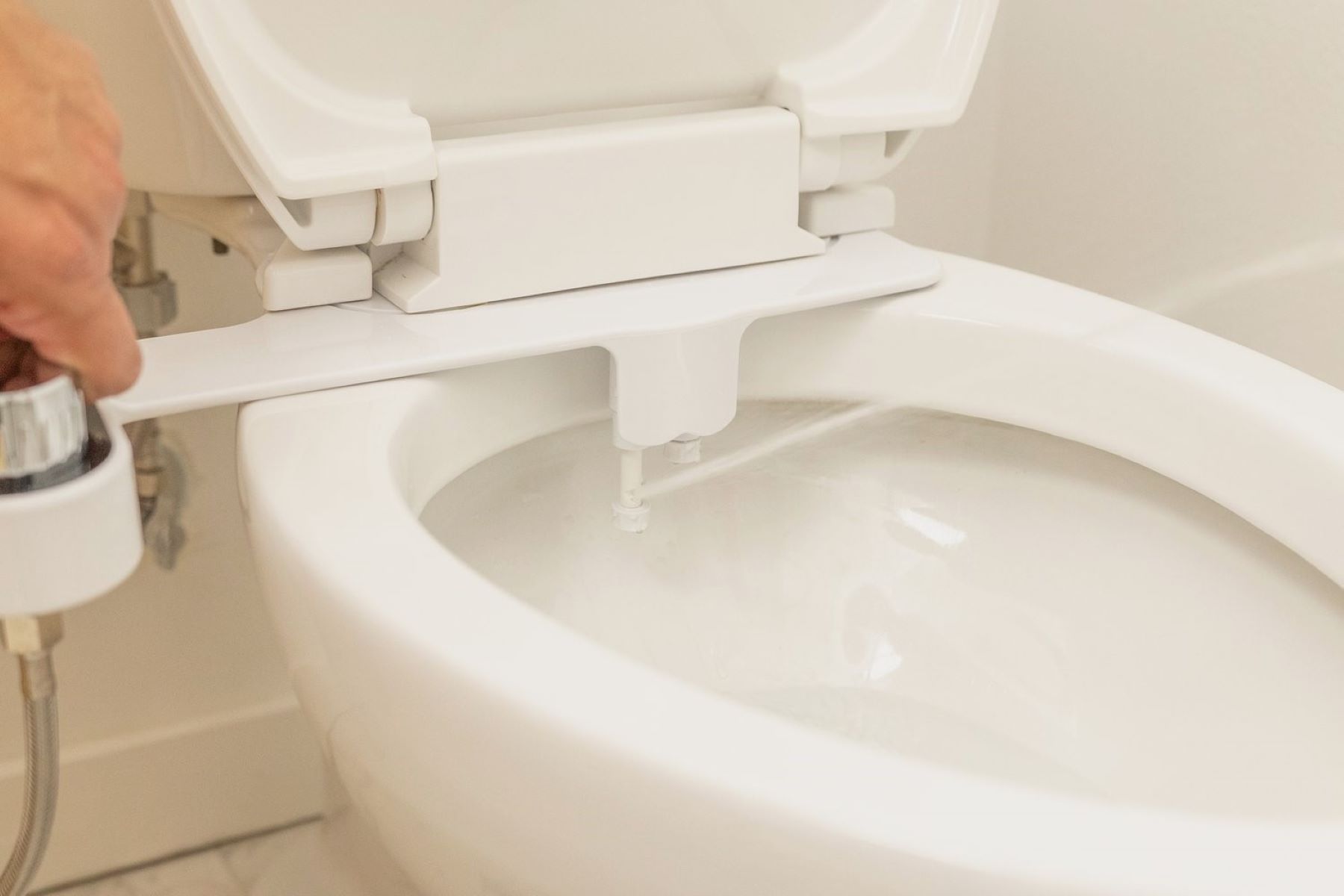
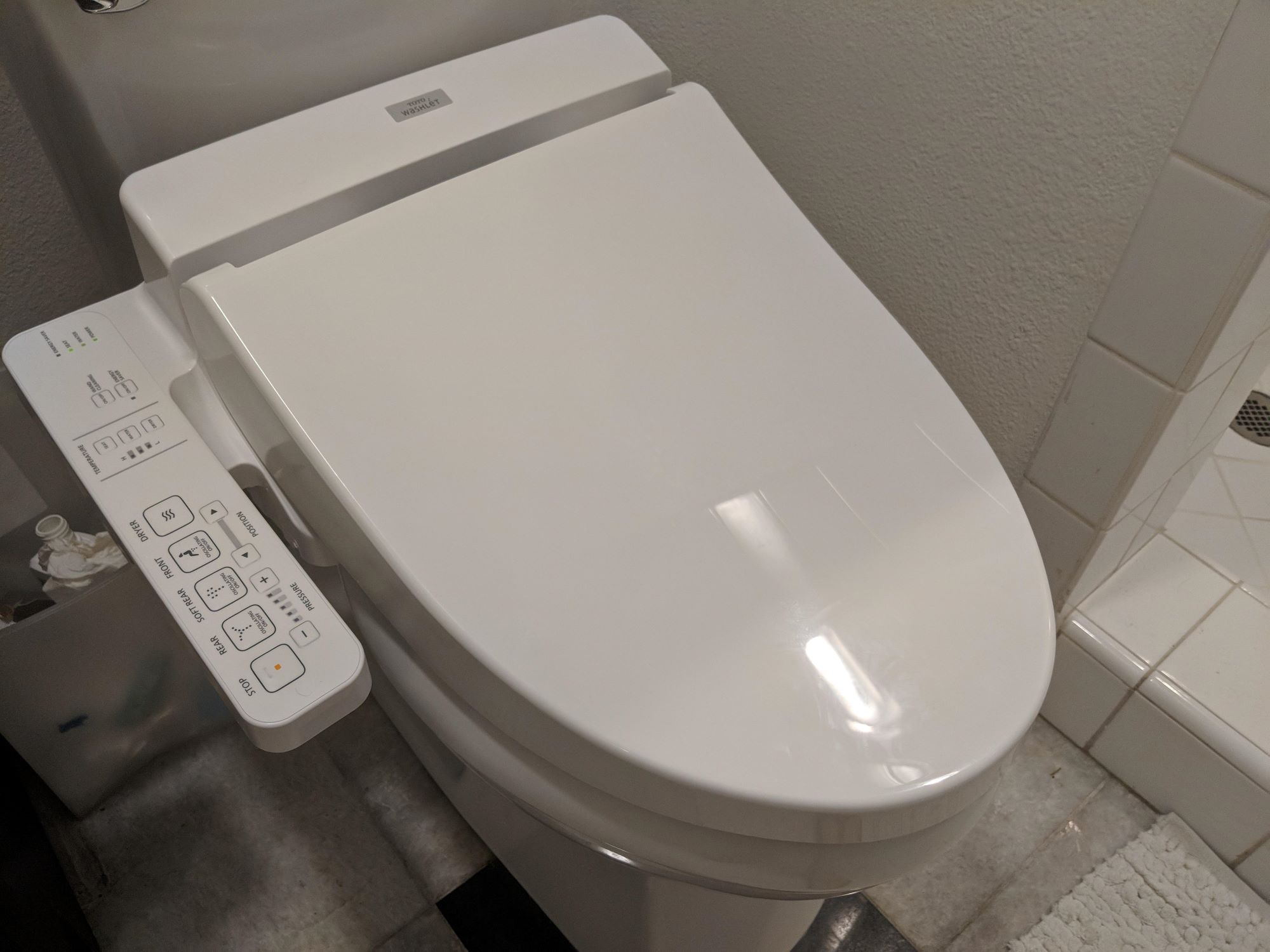

0 thoughts on “How To Reset Bidet?”